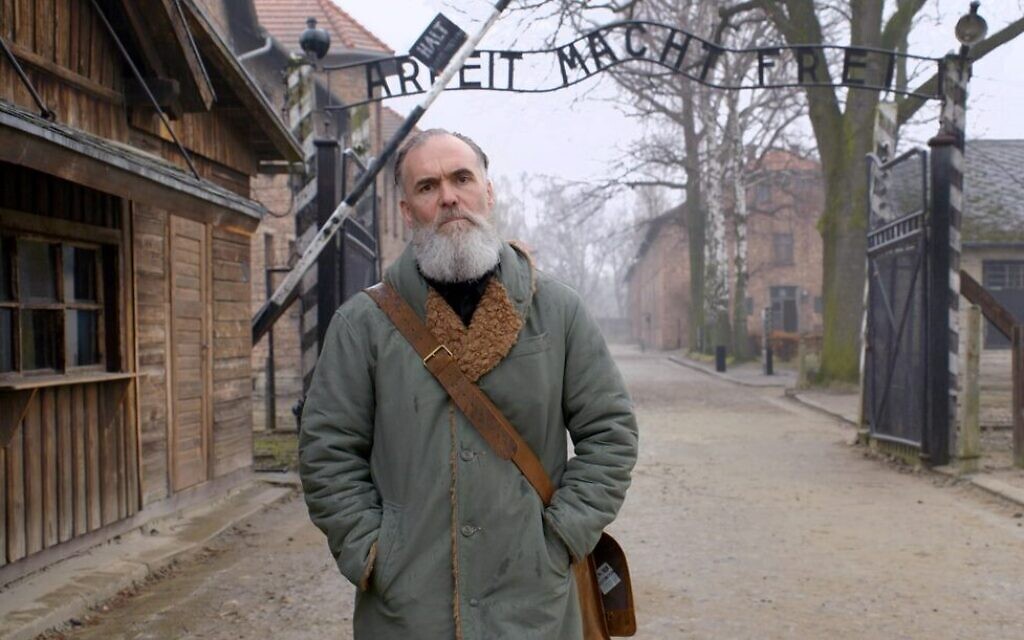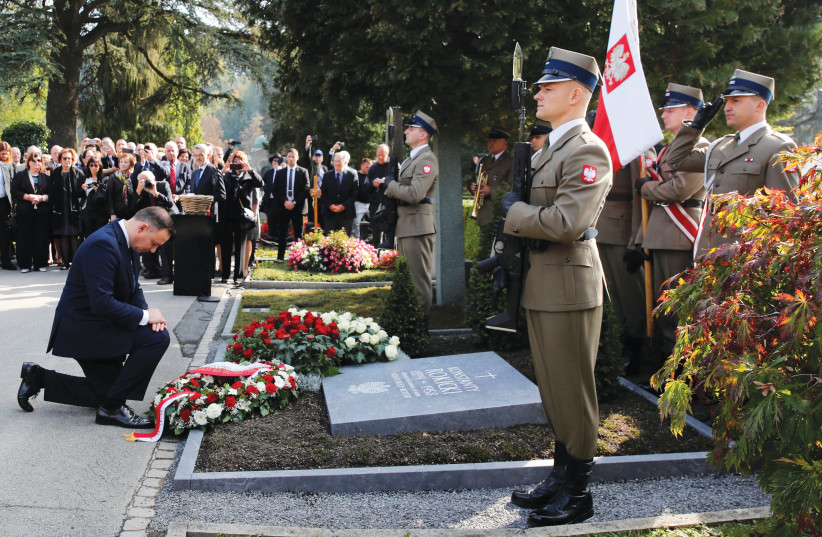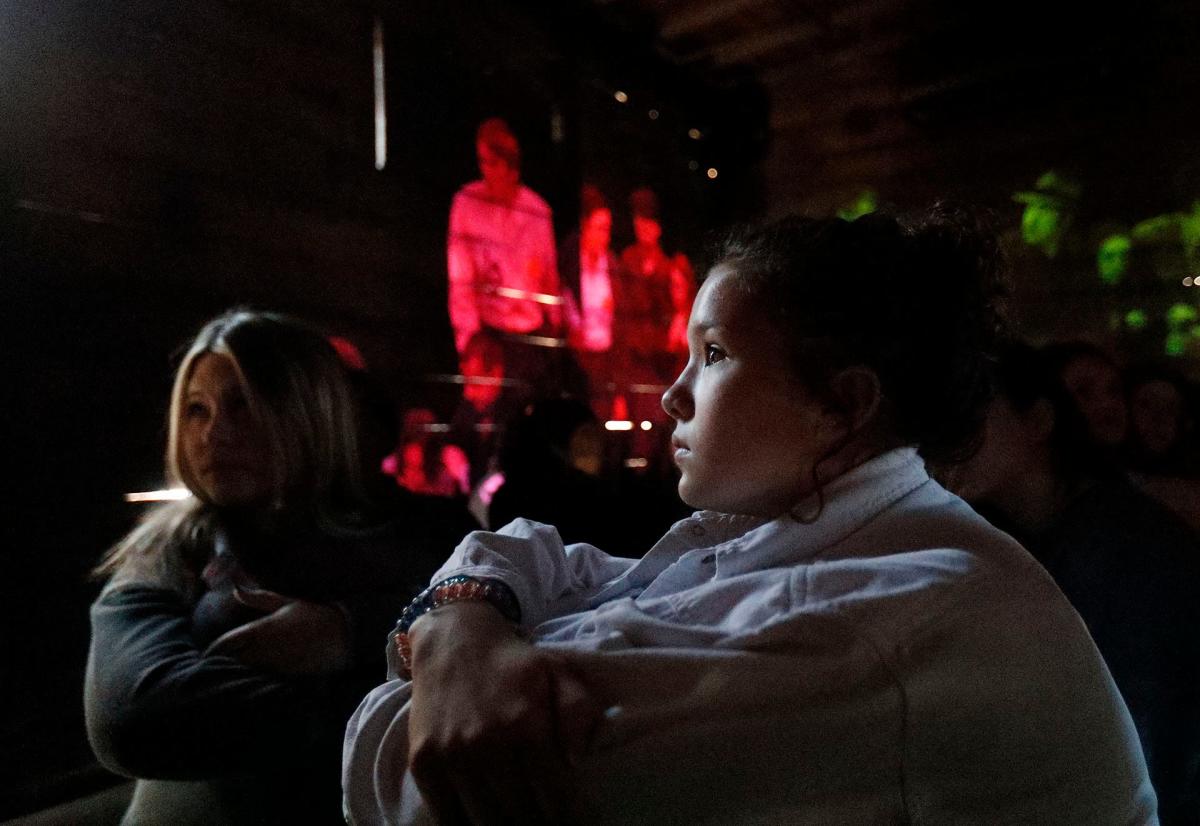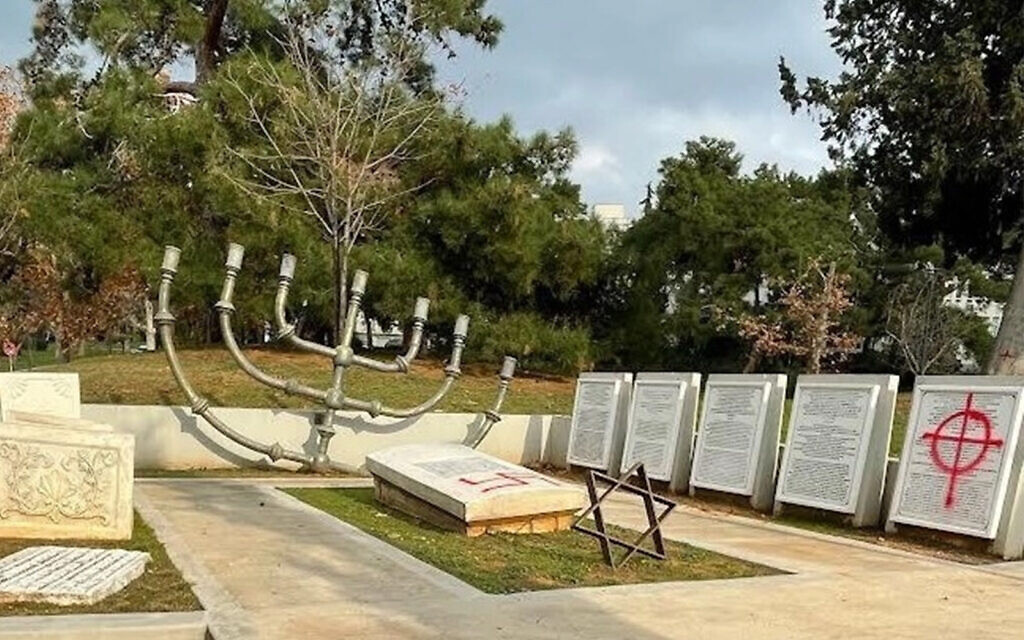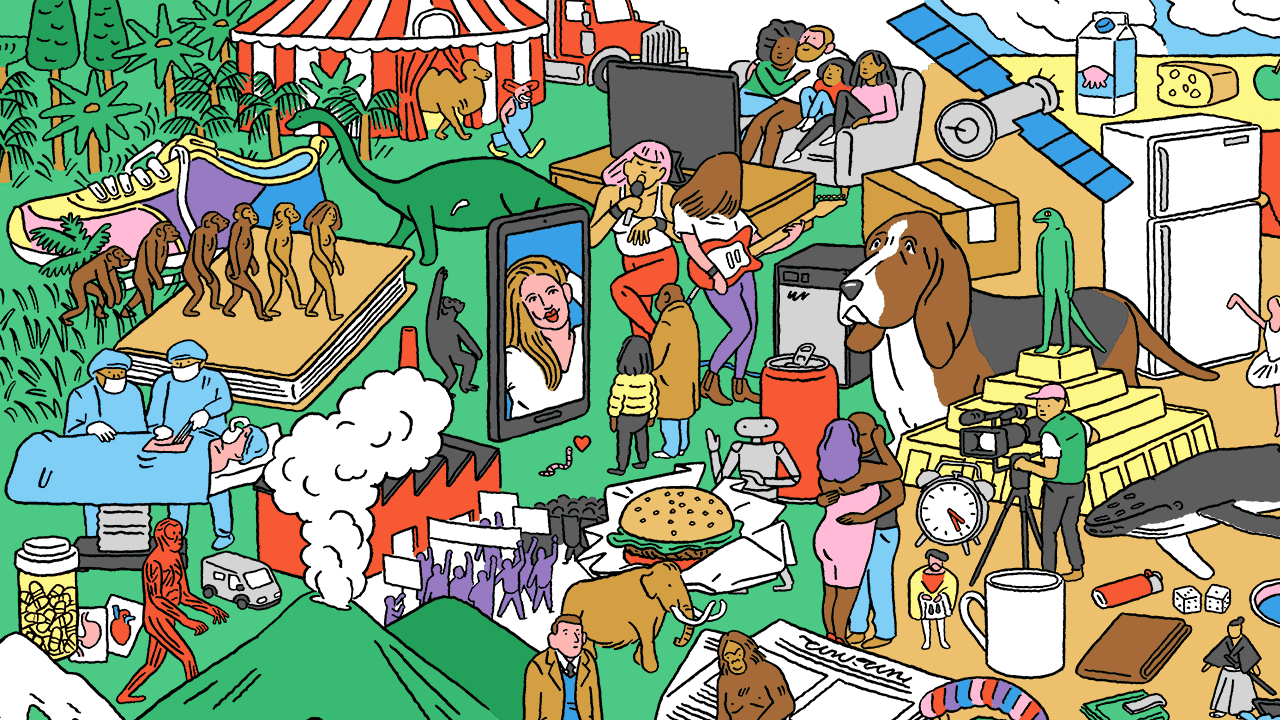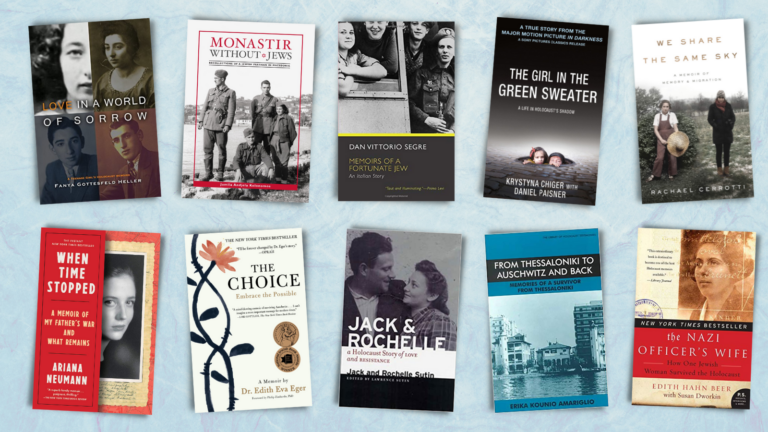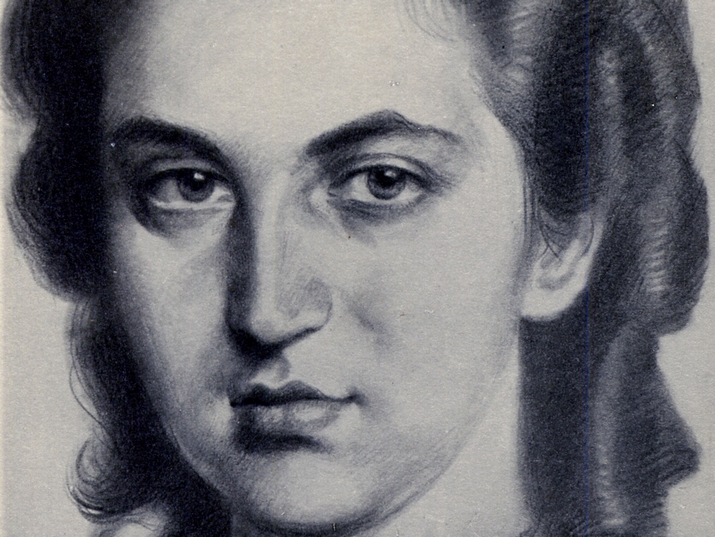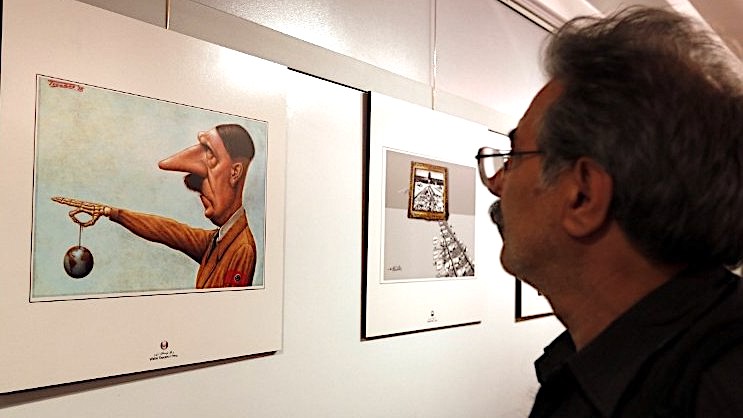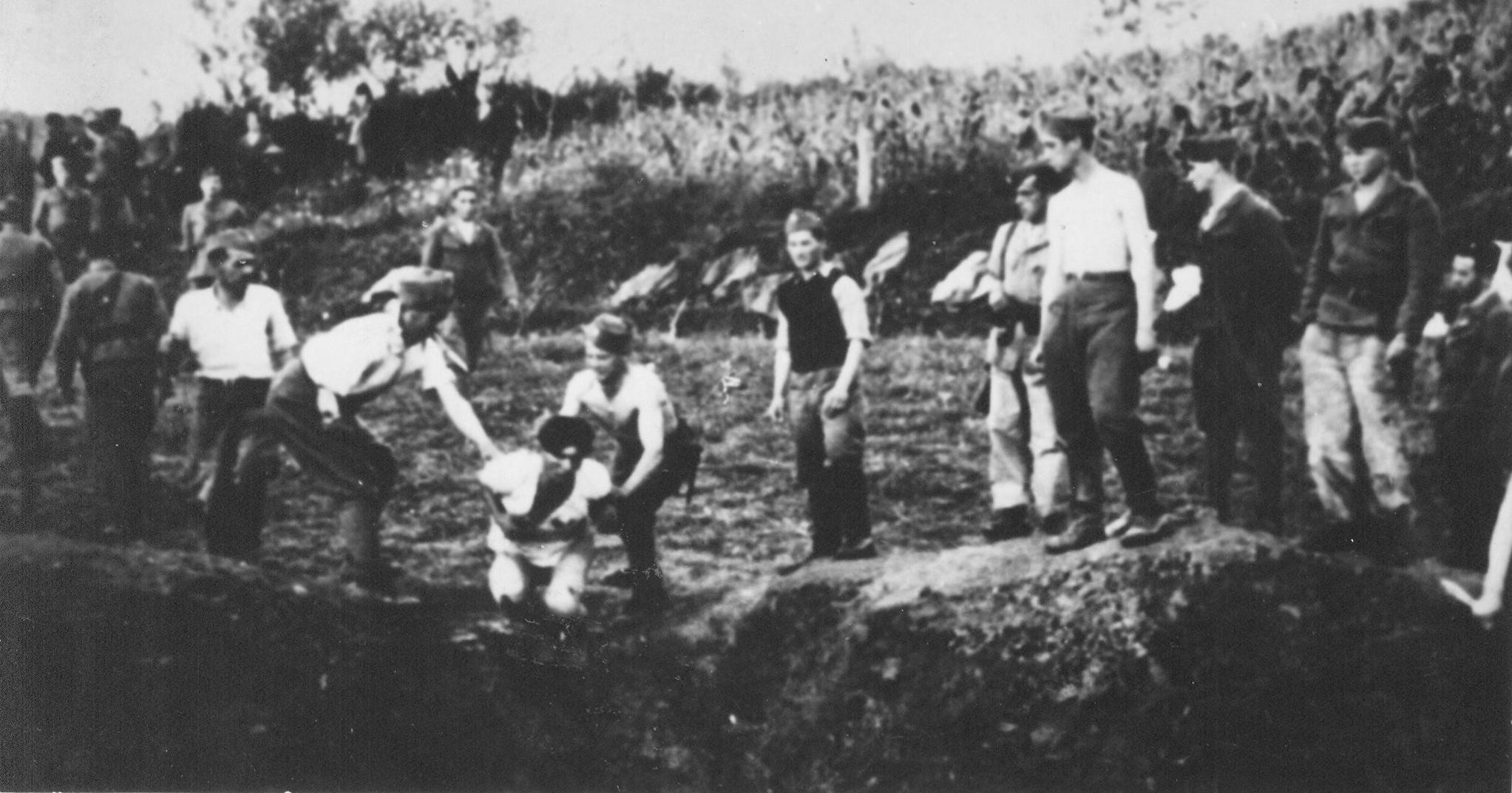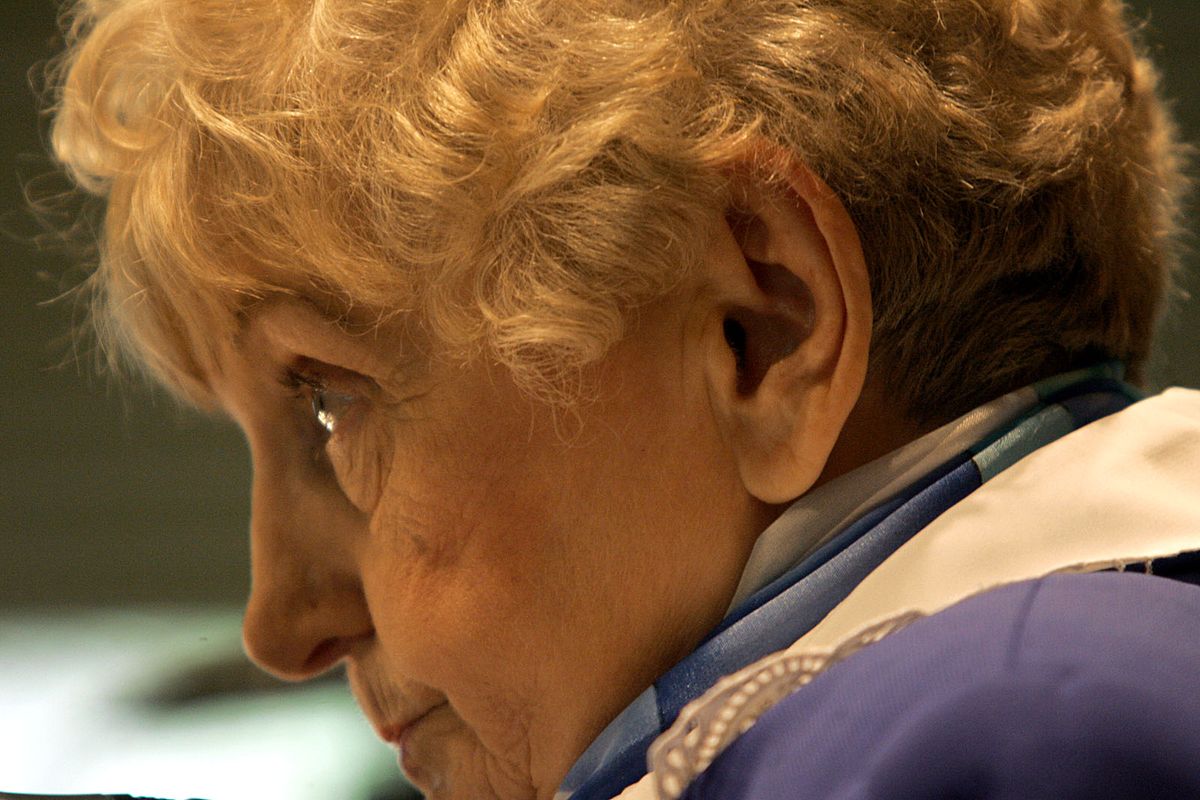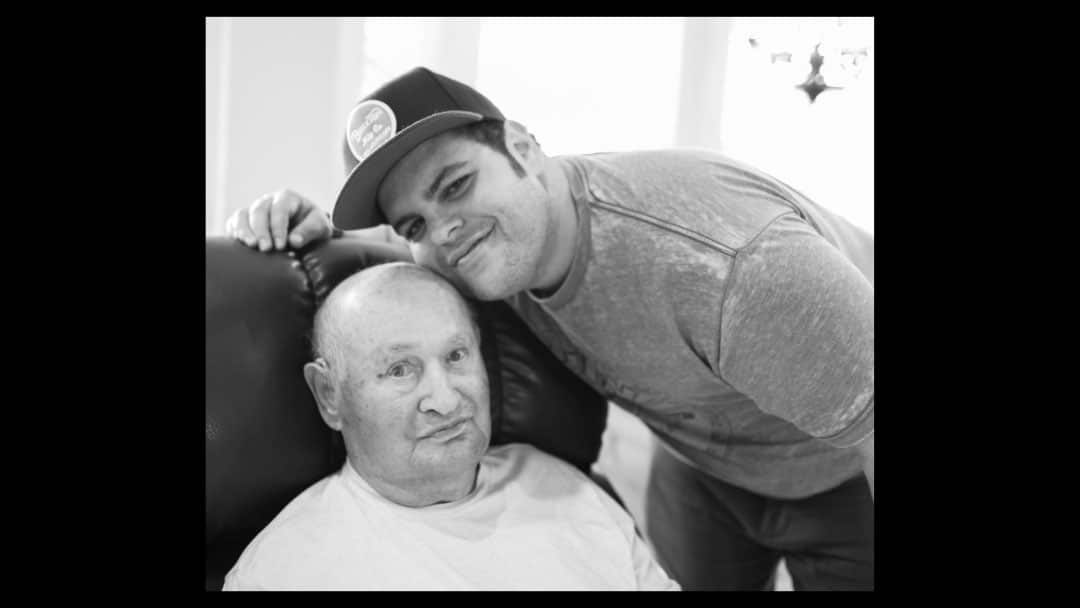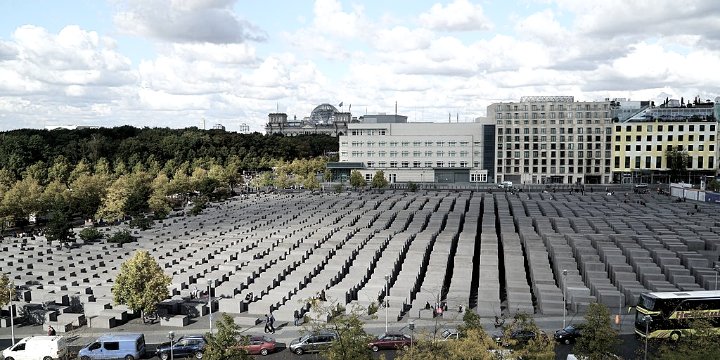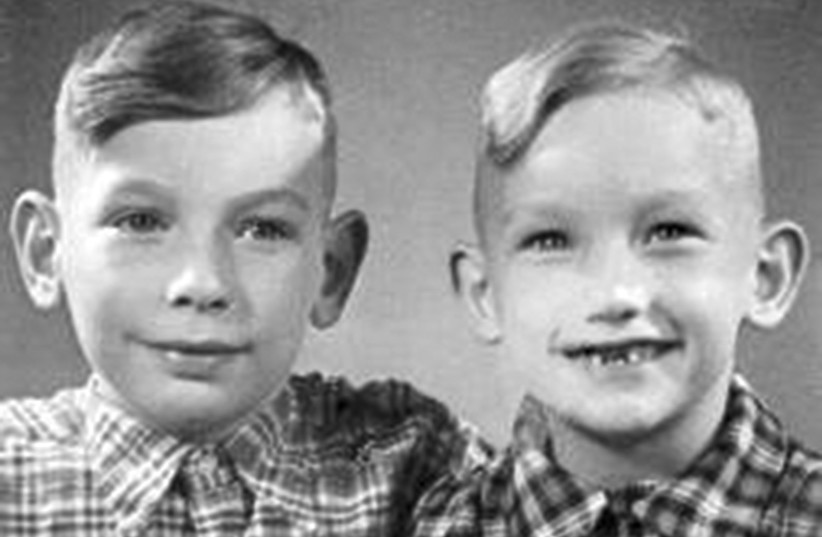What happened to Anny-Yolande Horowitz and her family during the Holocaust?
Anny-Yolande Horowitz was a Jewish girl born on June 2, 1933 in Strasbourg, France. She and her family were interned in the Lalande camp near Tours and then transferred to Drancy before being deported on September 11, 1942 on Convoy 31 to Auschwitz-Birkenau. Unfortunately, Anny, her mother Frieda and her sister Paulette did not survive the Holocaust.
This photo is from "French Children of the Holocaust: A Memorial" by Serge Klarsfeld. It's a huge doorstop of a book containing whatever photos and information that remain of the 11,000 French-Jewish children who were murdered by Nazis like Klaus Barbie (who Klarsfeld helped put on trial). The number of beautiful, innocent faces in this book is overwhelming. The book cost me $85 but I didn't care - I needed to remember those faces."
All that is known of Anny is what is on her identification card, that she was Jewish, had blonde hair, blue eyes, a rosy complexion and was of moderate height, and that she had a cute little-girl handwriting.
This information is from the book "French Children of the Holocaust: A Memorial" by Serge Klarsfeld, which is a comprehensive collection of photos and information of the 11,000 French-Jewish children who were murdered by the Nazis during World War II. The book serves as a powerful reminder of the innocent lives lost in the Holocaust.

www.quora.com

